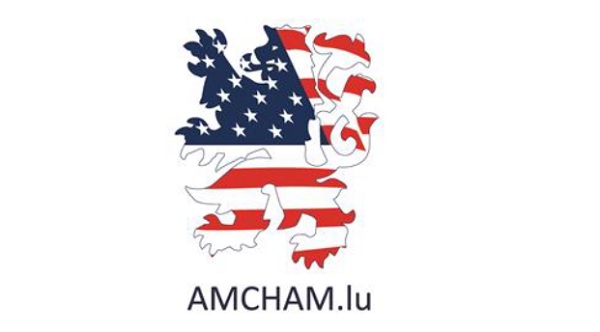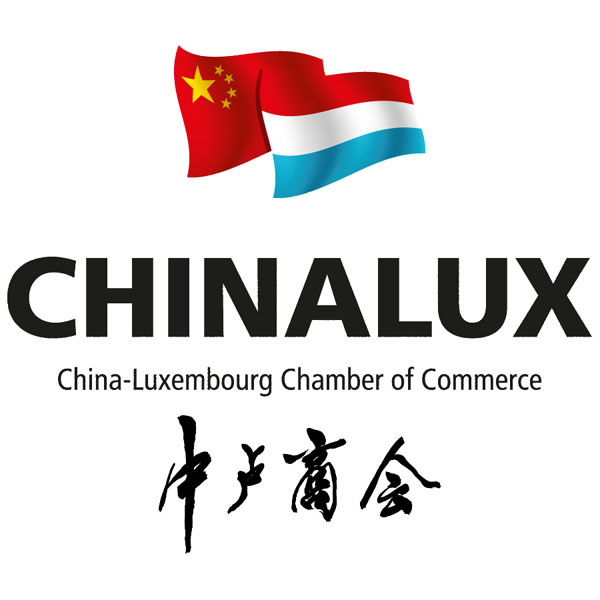
The work includes design, manufacturing and installation of all foundations and wind turbines as well as maintenance for a period of five years. The overall project has a value of 25 billion New Taiwan Dollar (approx. 800 million USD), of which two-thirds (2/3) of the amount is for Jan De Nul and the remaining one-thirds (1/3) is for Hitachi.
Seabed survey and geotechnical investigation will start in May 2018. Manufacturing of the foundations and wind turbines is planned mainly during in 2019 in order to deliver them in early 2020. Test operation of the equipment is targeted to start in the summer of 2020, and the completion is scheduled for the end of December of the same year.
Taiwan has announced a four-year plan for the promotion of wind power generation, which is aimed at accelerating the introduction of renewable energy. A goal under this plan is to introduce offshore wind power facilities with a cumulative total generation capacity of 4GW. In response, Taiwan Power Company plans to increase the generation capacity of its offshore wind power generation facilities. Specifically, TPC aims to achieve 1GW by 2025 and 1.8GW by 2030. TPC has been advancing the construction plan in the open sea off the coast of Changhua, believed to be the location with the greatest wind power in Taiwan.
Jan De Nul Group, who will be the leader of the Consortium, is a world-class marine construction company, having a yearly turnover of approximately 2 billion USD. Its main business is marine construction related to subsea cables, gas and oil supply lines, offshore wind farms, and other facilities. The renewable energy industry is an important business for this company. Owning wind turbine installation and cable laying vessels, the company boasts an extensive track record and experience in EPCI, including installation of offshore wind farms and laying of subsea cables.
The Changhua Offshore Wind Farm Project will be constructed in a region known to be very sensitive to typhoons. The consortium submitted its design with the Hitachi’s proprietary wind turbine with downwind rotor. These turbines feature a downwind configuration, which reduces wind loading by keeping the rotor oriented in such a way that it is not affected by crosswinds, even during shutdown due to strong gusts. Hitachi has obtained the “Wind Turbine Class T” certification (Class T certification) - an international standard on wind-resistant design reflecting consideration for regions subject to frequent typhoons - ahead of other wind turbine manufactures in the world.








